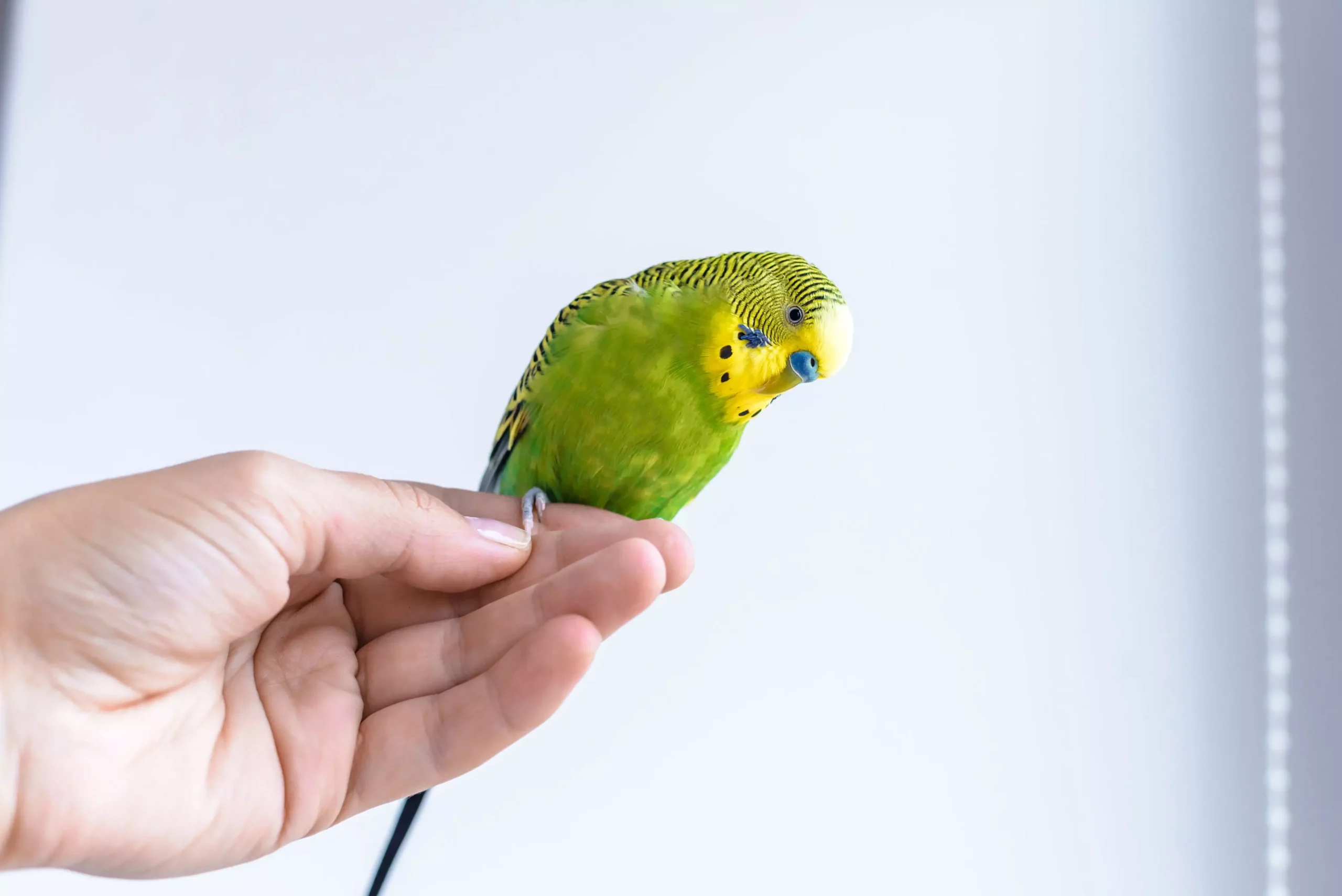Owning a bird can be a rewarding experience, yet many bird owners may not possess formal training skills. Understanding and implementing basic commands and handling techniques is crucial for both the health and happiness of these complex animals.
While most bird keepers might not be professional trainers, incorporating training into your pet’s daily routine is vital. One of the fundamental skills to teach is the “Step-Up” command. This simple yet effective cue encourages your bird to step onto your finger or hand, making transitions, such as taking the bird out of its cage or moving it around the house, much smoother. This method eliminates the often chaotic and stressful experience both for the owner and the bird when attempting to catch it.
Recognizing that birds are designed for flight is essential when considering their physical makeup. Their anatomy is inherently fragile, making gentle handling a paramount priority. During teaching or handling sessions, the risk of causing injury—such as broken bones or internal damage—can be high if you do not approach the bird with the right techniques.
Handling should always be executed with care. Rather than gripping your bird tightly, focus on bonding techniques that encourage comfort during the transfer process. By establishing trust, your bird may eventually respond positively to the handling experience.
In some situations—like trimming nails or wings—you might need to secure your bird in a towel for safety. While frequent use of this method is not preferable, it can be a practical solution during necessary procedures. The key is to ensure the process is quick and calm, as birds can quickly overheat or become distressed. Afterward, providing your bird with some quiet time in its cage is essential for recovery.
While the urge to let your feathered friend perch on your shoulder might be tempting, this practice can introduce unnecessary risks. Birds, especially during moments of fright, may react instinctively by biting, which could lead to injury for both you and the bird. It is advisable to relocate your bird to your hand or forearm, ensuring a safe distance from your face.
Additionally, adequate handling should never involve grabbing a bird by its wings, legs, or tail. This not only frightens the bird but also jeopardizes its health by risking trauma or a broken body part. If your bird is reluctant to engage with the Step-Up command, opting for safe methods—like using a towel to gently secure it—is the best alternative.
By prioritizing training and understanding the nuances involved in handling birds, you lay a strong foundation for a happy and healthy relationship with your feathered friend. Always strive for gentle interaction, and embrace techniques that benefit both you and your pet.
Moreover, patience is critical; each bird is unique, and the learning curve may vary. Go at your bird’s pace, allow for breaks, and always reinforce positive engagement to promote comfort and trust.
By adopting the right techniques and practices, you can ensure that your bird not only thrives in a nurturing environment but also cherishes its time spent with you. This bond, reinforced through trust and respect, will ultimately lead to a fulfilling experience as a bird owner.

